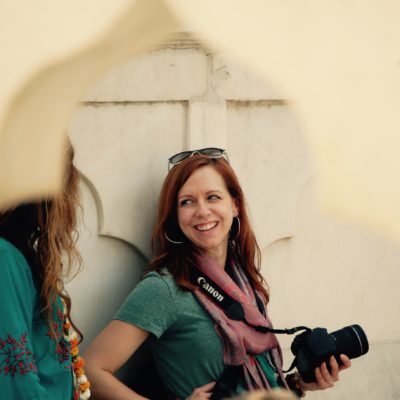A Harsh Dose of Reality: The Cape Town Slave Trade
 Can you imagine if someone broke into your home as you lay sleeping and snatched you away from your family and friends? What if you were then crammed into the underbelly of a ship and not given adequate food, water, or sun light as the ship twisted and turned through the giant swells of the Indian or Atlantic Ocean? What if you then had to stomach the smell of human waste and sweat as your body twisted in fatigue and hunger and you tried to imagine where you might be headed and what your new life would be like (if you managed to live through the voyage)?
Can you imagine if someone broke into your home as you lay sleeping and snatched you away from your family and friends? What if you were then crammed into the underbelly of a ship and not given adequate food, water, or sun light as the ship twisted and turned through the giant swells of the Indian or Atlantic Ocean? What if you then had to stomach the smell of human waste and sweat as your body twisted in fatigue and hunger and you tried to imagine where you might be headed and what your new life would be like (if you managed to live through the voyage)?
In 1679, The Dutch East Indian Company (at the time – the world’s greatest trading company) built the Slave Lodge in Cape Town to house slaves captured from Mozambique, Madagascar, Indonesia, India, East Africa, and Sri Lanka. The Dutch used these slaves for the back breaking labour of creating the basic infrastructure of the Cape Town colony. By 1711, the slaves on the Cape outnumbered the colonists, yet they had no basic rights and lived in dismal conditions.
 The Slave Lodge which at one time housed 9000 slaves continues to remain shuttered, as it was during the 18th and 19th centuries so that no one would see the atrocities happening inside. Today, as part of the cultural element to my Cross Cultural Solutions Program, I had the chance to step into its shadowy interior. As I inhaled the musty air, my chest tightened.
The Slave Lodge which at one time housed 9000 slaves continues to remain shuttered, as it was during the 18th and 19th centuries so that no one would see the atrocities happening inside. Today, as part of the cultural element to my Cross Cultural Solutions Program, I had the chance to step into its shadowy interior. As I inhaled the musty air, my chest tightened.
Even though slavery is not a new concept to me and I have heard plenty of horrifying stories over the years, I have never felt the ramifications as intensely as I did today. How can I live in a world where people with skin the same colour as mine dominated their fellow human beings? As I sat on a bench in the middle of the Slave Lodge’s hushed foyer, I read statistics that continue to shock me about the current state of slavery in the world.
Although slavery is no longer legal, is is estimated that 12.3M men, women, & children are trapped in various forms of forced labour. Even more devastating, 126M children are caught up in the worst forms of child labour. Every day as I fall more in love with the children at my volunteer placement, I feel a fierce desire to protect them. What if they were one of those 126M or one of the 1.2M children that UNICEF estimates are trafficked every year?
As I continue to reflect on my experience today, I will leave you with a quote by Archbishop Desmond Tutu, “None of us is truly free while other remain enslaved. The continuing existence of slavery is one of the greatest tragedies facing our global humanity. Today we finally have the means and increasingly the conviction to end this scourge and to bring million of slaves to freedom.”



Comments (2)
Hi Terri,
Great to see you are continuing blogging in Africa and keeping us up-to-date!
This post made me think of “The Book of Negroes”. If you haven’t read it, you may find it interesting. It was very well researched and then tells a story stealing of people for slavery… It’s a Canadian author – whose name has slipped my mind temporarily…
Warmly, EL
EL,
So great to hear from you. “Book of Negroes” is one of my favourite books. Hope you had a great weekend!
T.